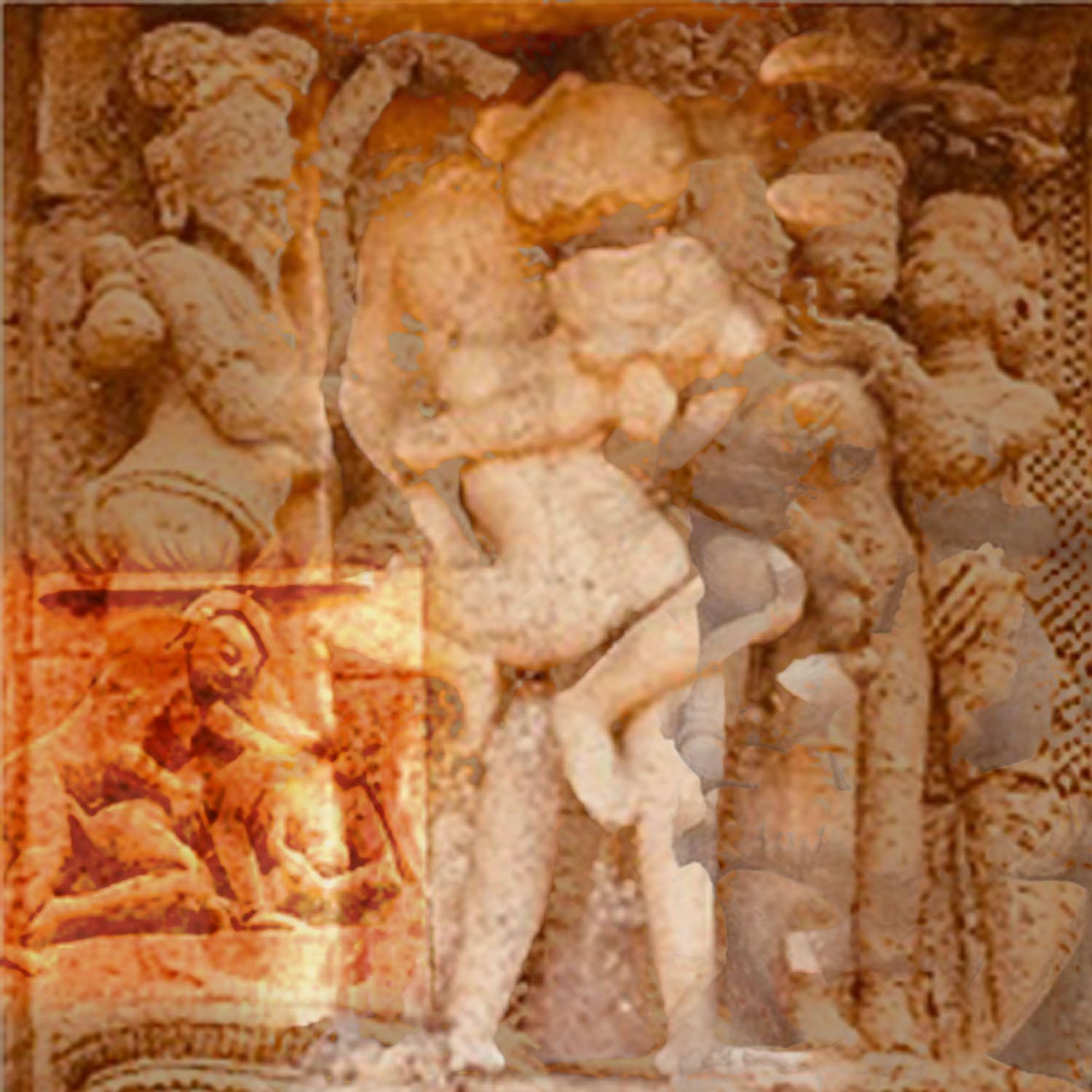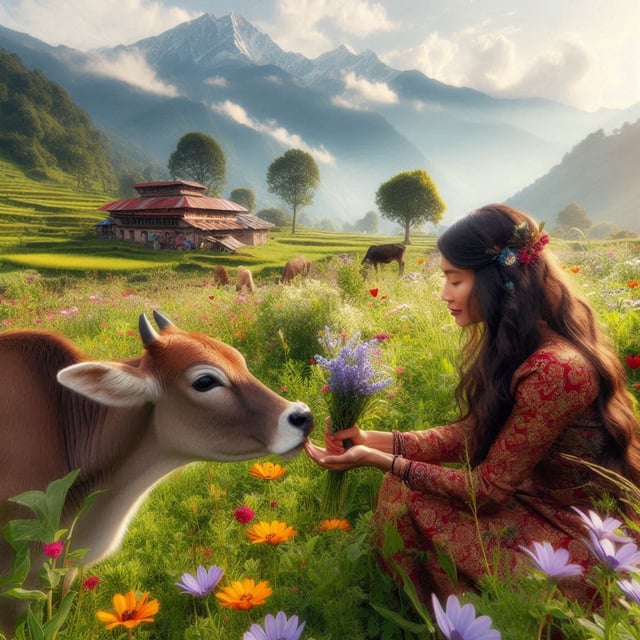PART I: The Unknown Side of Flesh Trade

People associate the flesh trade with human trafficking, health risks, economic desperation, and stigmatization. However, there are aspects of the flesh trade that are rarely discussed. This post aims to shed light on the back-end story, starting with its ancient history.
The earliest known instances of prostitution can be traced back to 2400 BCE in ancient Babylon, where it was closely linked to religious spaces and considered a form of sacred prostitution, a similar practice can also be seen in South Asia.
The claims that early Vedic text mention prostitution known as Ganika lack sufficient evidence and instead only describes illicit affairs. The later Vedic literature mentions apsara (celestial nymphs), who are associated with the prostitutes of the gods.
Apsara is used as a synonym for beautiful, while the literature suggests some of them were even married.
Ganika is described in Kamasutra as a courtesan who is trained in the art of lovemaking, while a Vesya means a prostitute. However, prostitutes were also respected on both religious and secular occasions while Ganika had a much higher status.
Sexual norms in India were more liberal before the 13th-century Muslim conquest, as evidenced by the Chandella Kings (950-1050 A.D.) depicting erotic positions in temples at their capital Khajuraho.
The Matsyapuran, composed during the Gupta empire (4th century CE- 6th century CE), describes the destruction of Lord Krishna’s tribe that led to his thousands of wives being abducted by dasas and forced into prostitution. These fallen women sought the guidance of Sage Dalbya about their duties and were advised to embrace prostitution as their profession. This laid the foundation for devadasi (servants of gods) a culture where girls were donated to temples serving the gods and providing sexual services to the devotees.
In Nepal, a similar culture to the Devdasi can be found, known as Deuki. This custom is believed to have been initiated in the 14th century by King Naga Malla in far western parts of Nepal.
Deuki much like Devdasi, are ones that take care of temples and assist in worship activities. They can’t marry, but they can engage in physical relationships, children born to Deuki would also become Deuki (if female) and Deuka (if male).
Deuki relies on the sex trade to acquire basic necessities like food and shelter. Clients believe that engaging in sex with a Deuki cleanses sins and brings one good luck. They also get invited to festivals and programs and are revered with a status akin to that of a goddess.
In 2012, there were an estimated 2000 deukis in Nepal and it is likely they continue to exist to this present day.
While Deuki is a respected form of prostitution, there is another community named Badi that is considered untouchables.
The Badi came to western Nepal in the 14th century, settling in Salayan and later in Rolpa, Rukum, and Jajarkot. They traditionally made their living as entertainers performing songs and dances- narrating the story of Mahabharat and Ramayan.
Wealthy high-caste landlord used to provide basic necessities in exchange for entertainment and sex, while it was limited to them and to their male relatives. In the 1960s during the Panchayat regime, the power of the landlords was stripped. After the landlords weren’t able to patronage them, they prostituted themselves to other men.
The rise of technology led to a decline in the demand for singing and dancing, leaving only prostitution as a thriving market.
Badi women from their early childhood accept the fact that a life of prostitution awaits them. Around the age of thirteen, they start to prostitute themselves.
Their first experience in sexual intercourse is a ceremony known as nathiya kholne, where a man gives a Badi girl new clothes, jewelry, and around 1000 -5000 NPR.
The Badi is frequently discussed in the local media due to the Nepali government’s efforts to dismantle the tradition by providing the Badi community with land and livelihood.
In 2017, Uma Devi Badi a Badi activist and leader became the first Badi Parliamentary Member.
Filmmakers interested in making documentaries can find traces of many primitive practices still prevalent in the developing world. These practices also give a glimpse of how humans have taken prostitution from a well-respected custom to a stigmatized member of society.
Revealing these stories, helps us understand and humanize marginalized groups, as well as bring awareness and a global collective effort to eradicate various taboos, and allow these communities to have the dignified life they deserve.
Author
Kripendra Amatya, Researcher, Nepa~laya Productions
Editor
Dana Moyal Kolevzon, Director of International Relations, Nepa~laya Productions
Published Date
January 1, 1970



